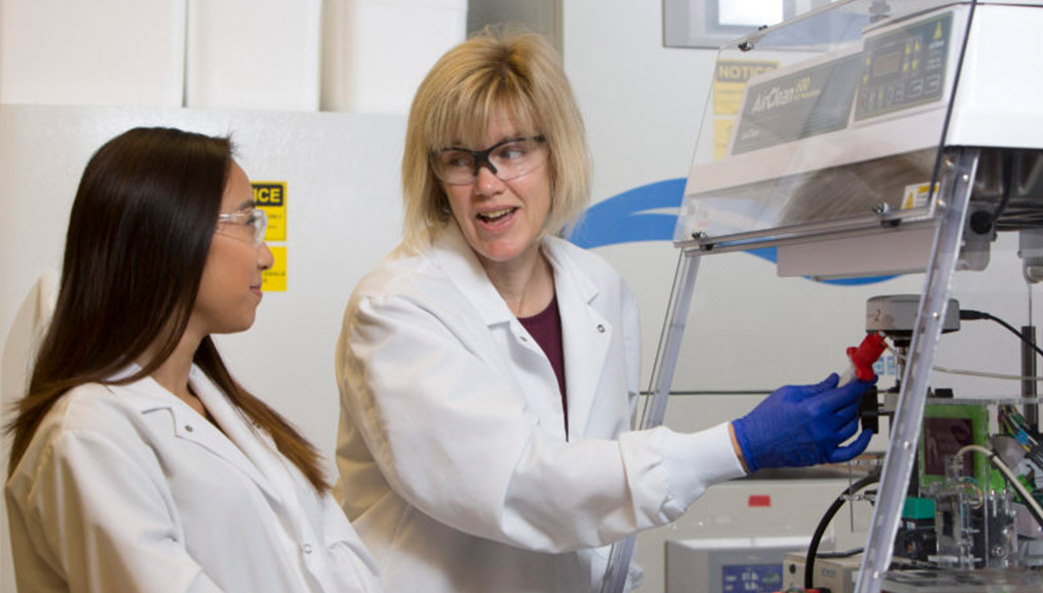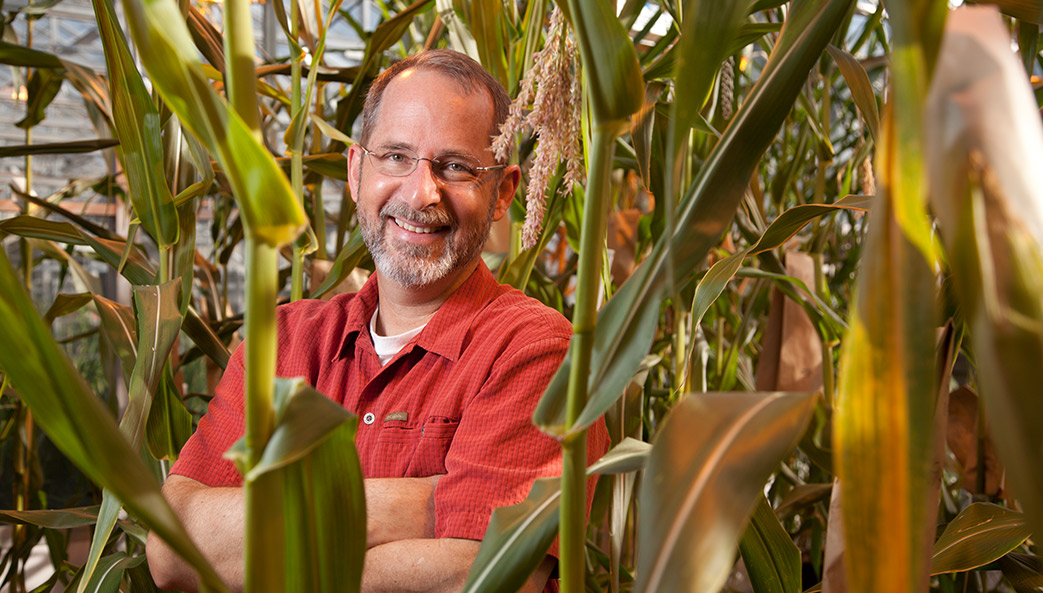A high-energy molecule present in every cell, adenosine triphosphate (ATP), is the form of stored energy used to accomplish much of a cell’s activities. A new theory of aging published in the journal BioEssays addresses the link between ATP levels and aging, based on broad research showing that stored energy levels decrease substantially as animals age.
In the BioEssays article, Snehal Chaudhari and Edward Kipreos of the University Georgia propose the “Energy Maintenance Theory of Aging,” which posits that the survival of older animals requires the maintenance of adequate energy levels. The initial insights for this theory came from their research published in the journal Nature Communications in 2017.
The 2017 study used the roundworm C. elegans, the premier model system for studying aging, to study the impact of mitochondrial size on lifespan. Mitochondria, which generate the majority of ATP in the cell, can fuse together to become larger or fragment to become smaller. Fragmented mitochondria are less efficient at generating ATP, while larger mitochondria generate ATP more efficiently.
C. elegans has many pathways by which animal lifespan can be lengthened through mutations in specific genes. These pathways affect different cell processes and are largely independent of each other. The researchers discovered that 9 of 10 longevity pathways had increased levels of mitochondrial fusion. Inhibiting mitochondrial fusion reduced the extended lifespans of animals for all nine of the long-lived pathways.
“Our paper makes the striking discovery that diverse longevity pathways show increased mitochondrial fusion,” said Kipreos, professor of cellular biology in UGA’s Franklin College of Arts and Sciences.
“What was of interest to us was the exception – the one longevity pathway that had long lifespan even if we inhibited mitochondrial fusion – we thought this could provide key insights into the link between mitochondrial fusion and longevity,” said Kipreos.
The single exception that did not require mitochondrial fusion for lifespan extension, a mutation in the VHL tumor suppressor protein, has been shown to increase ATP levels independently of mitochondria.
“We realized that the common denominator between the fused mitochondria and the VHL mutant was increased ATP production. That led us to review the broader literature on ATP levels and aging in diverse animals, including humans. The literature review suggested that longevity is broadly associated with higher ATP levels,” said Chaudhari, formerly a graduate student at UGA and currently a postdoctoral researcher at Harvard Medical School.
Many studies have linked mitochondria to aging. Current theories emphasize the damage that free radicals – generated by aging mitochondria – can do to cells. One theory suggests that damage from free radicals causes aging, while other theories propose that limiting mitochondrial activity through limiting calories increases lifespan.
“Our research presented a simpler model,” said Kipreos. “Our research suggested the possibility that the damage to mitochondria (observed as animals age) was not contributing to aging through increases in free radicals. But rather, the damage to mitochondria was preventing the mitochondria from carrying out their central purpose of generating ATP.”
“Maintaining energy levels allows the cell to provide sufficient energy for repair pathways that prevent ‘cellular aging.’ The four major theories of aging are each consistent with or provide support for our Energy Maintenance Theory. For example, limiting calories has been shown to allow mitochondria to produce ATP at higher levels as animals age.”
“Recognizing the role of maintaining energy levels during aging would have significant implications for regimens to delay the negative aspects of aging,” said Chaudhari.
This work was supported by National Institutes of Health (NIGMS) grant GM074212.






